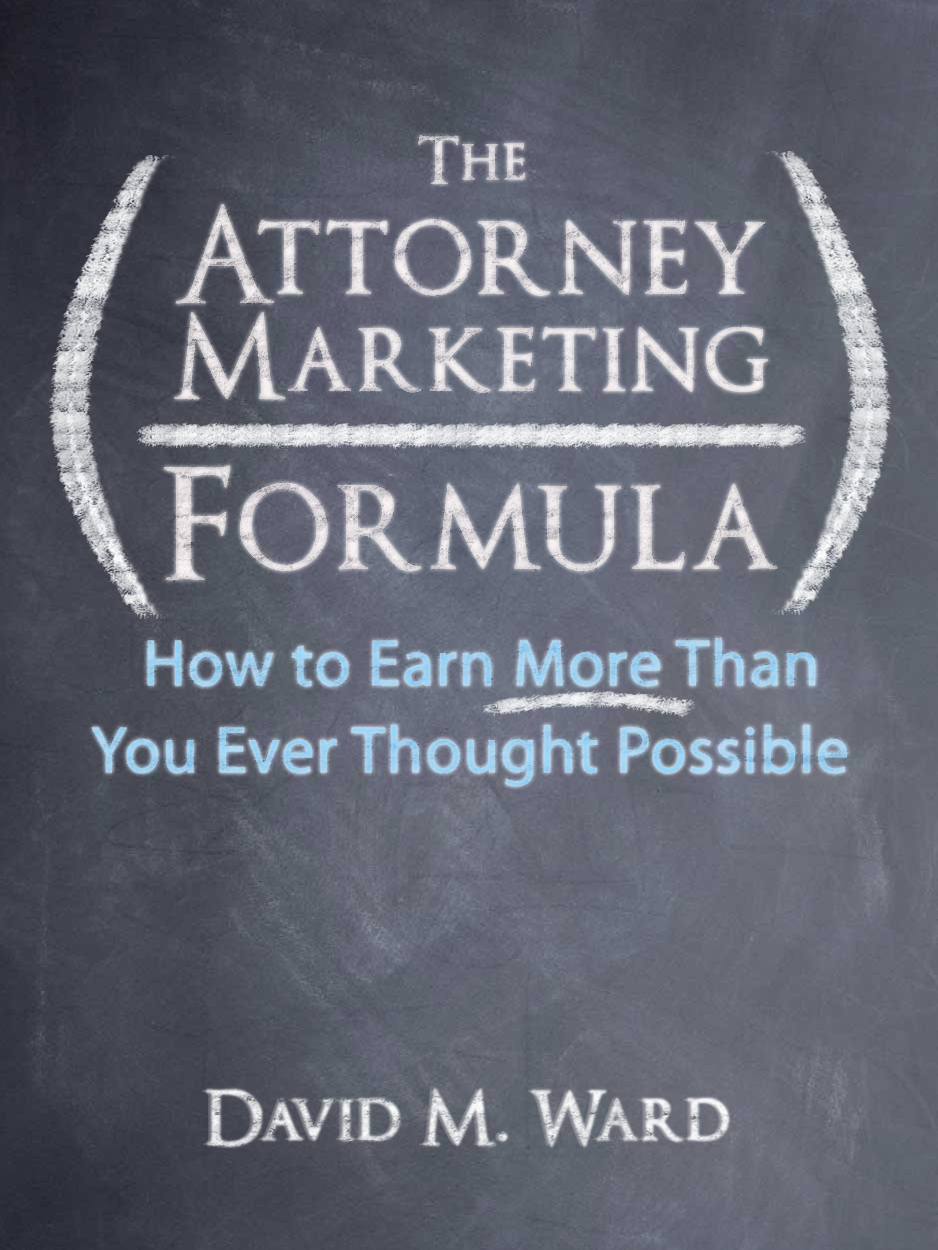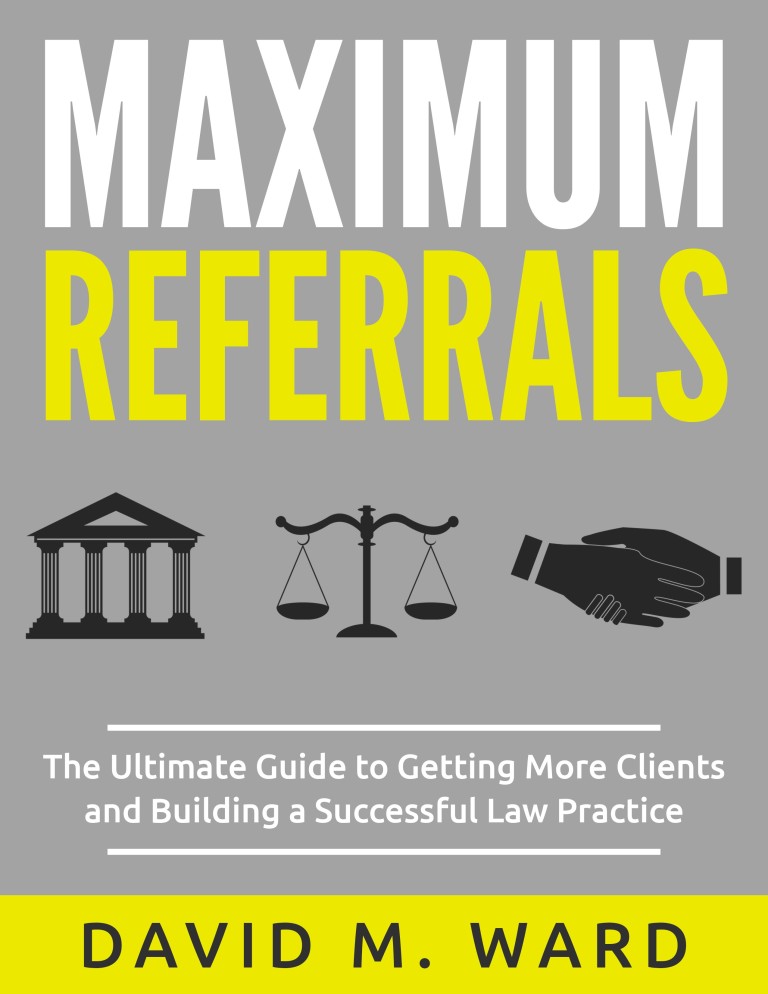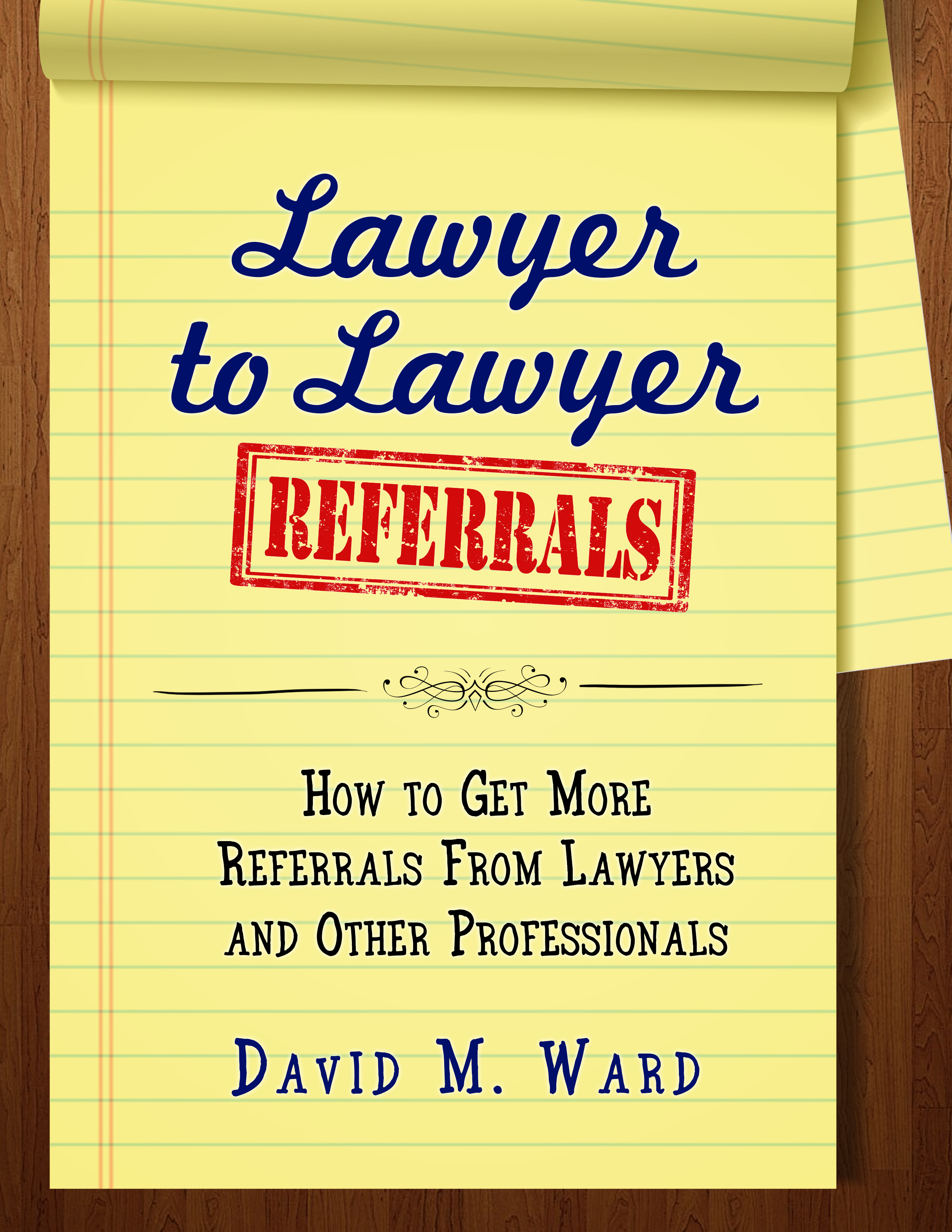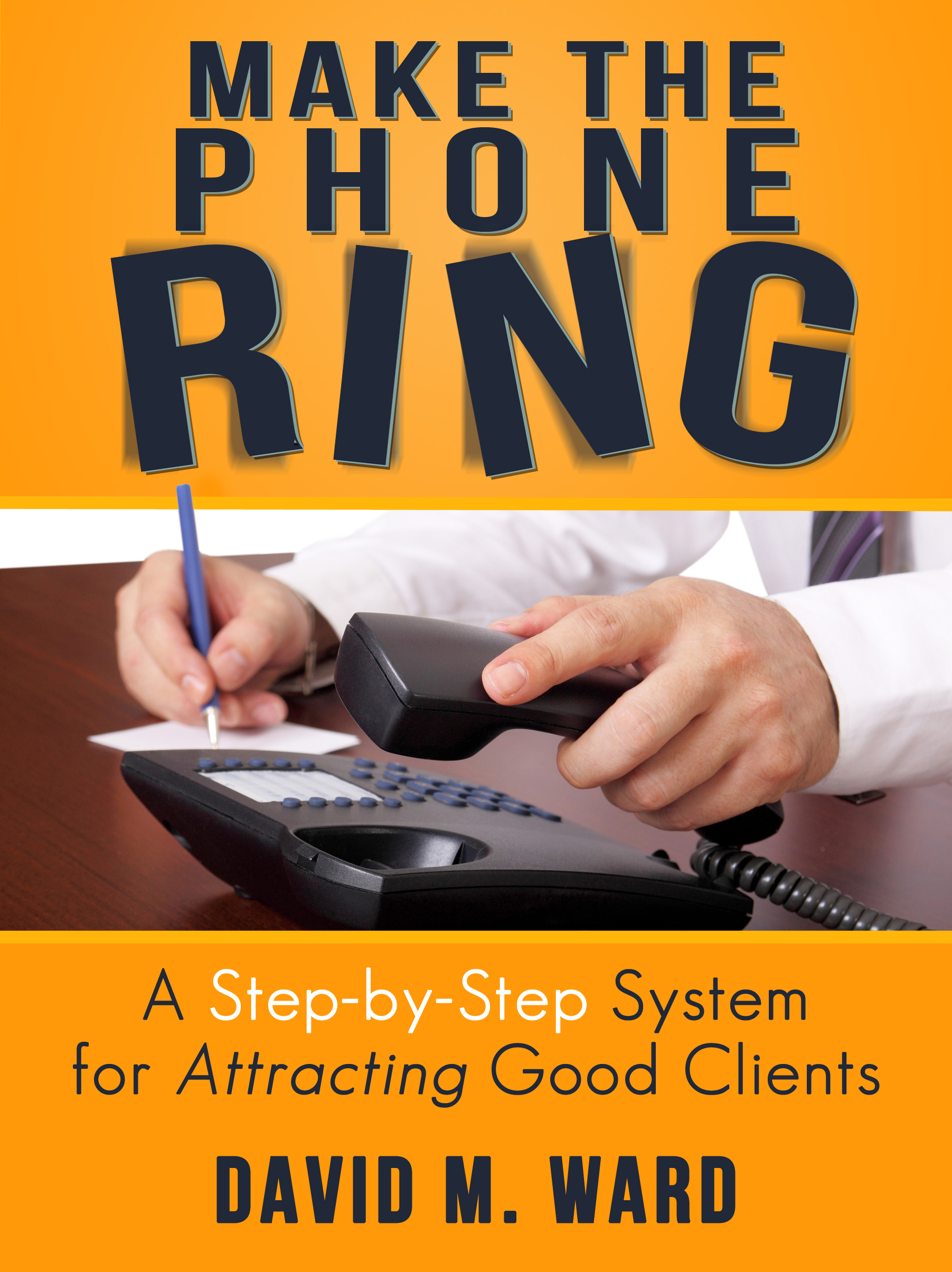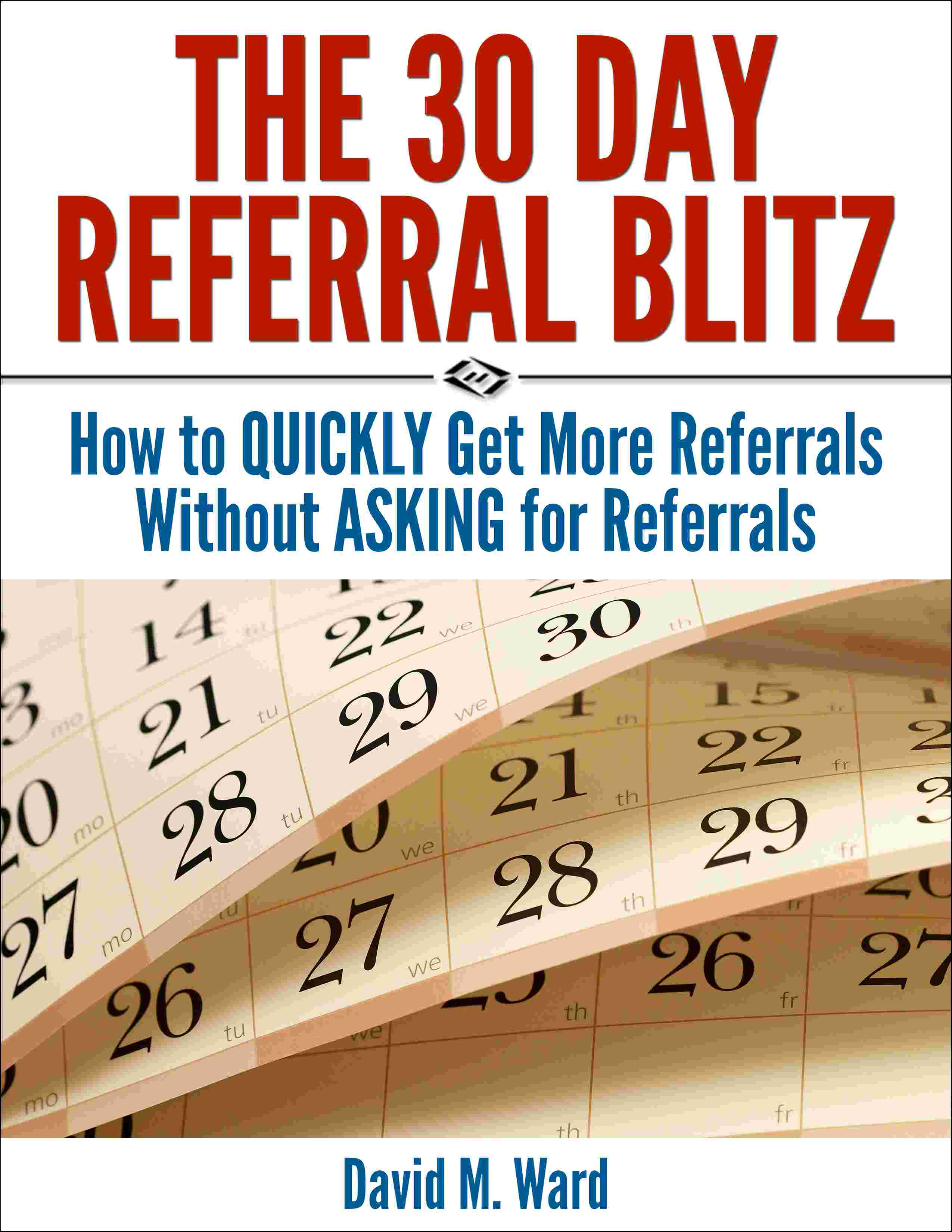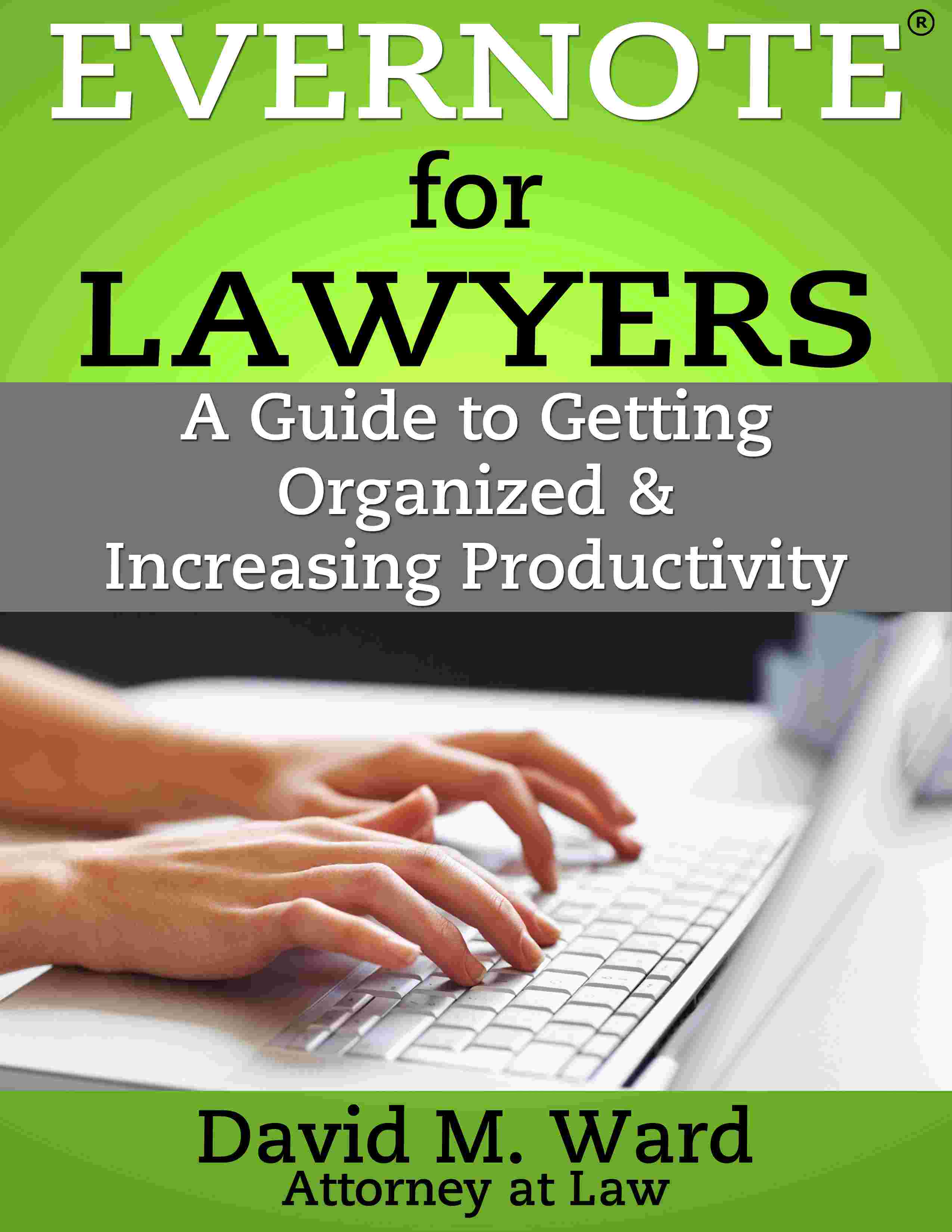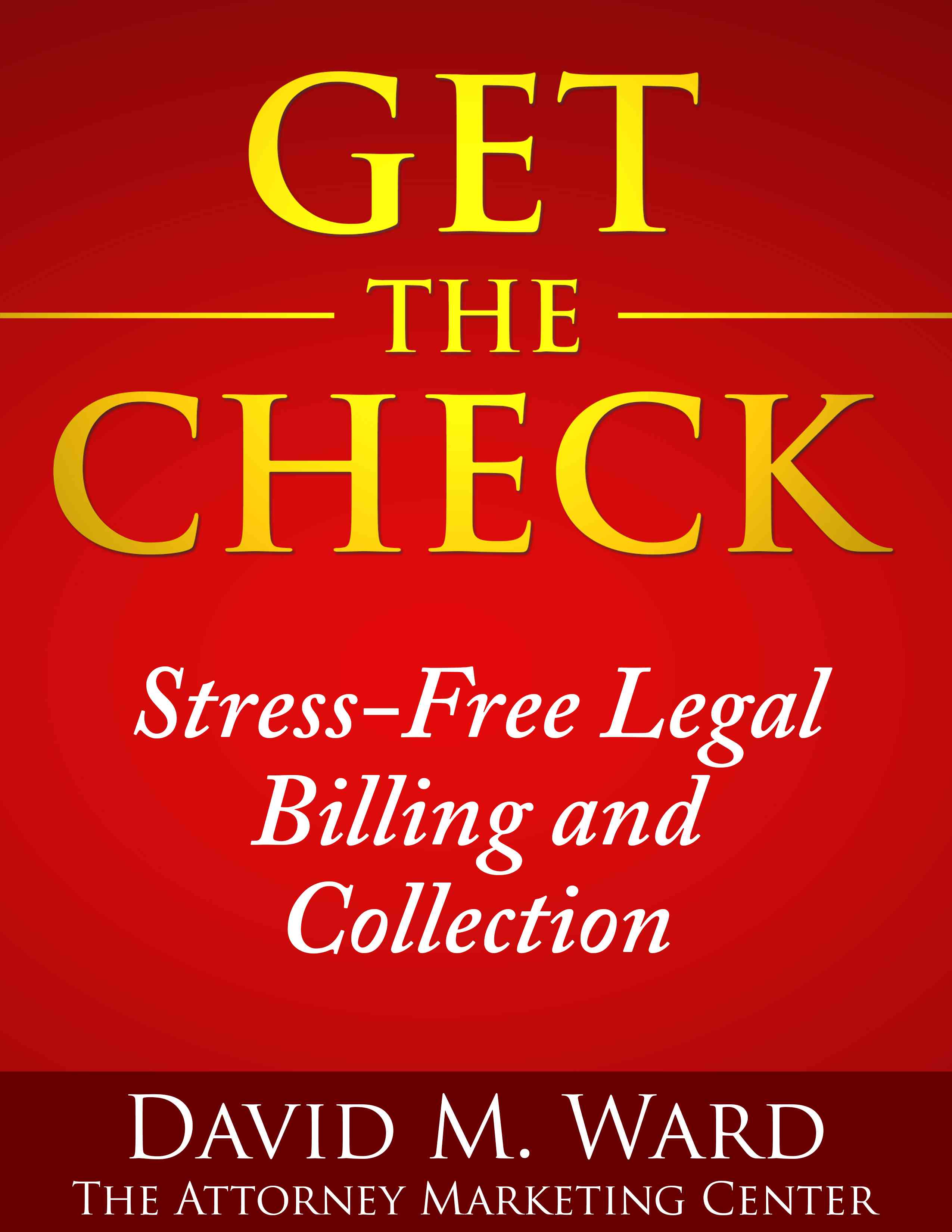Basketball coaching legend John Wooden was known as a perfectionist. He believed that planning and preparation and attention to detail were the keys to winning. He expected the best from his teams and usually got it.
In his long career, Wooden proved that his methods worked. He left a legacy unmatched in the field of sports and we can learn a lot by studying his methods and his life.
But how much of what he teaches can we use to build a law practice? Can we demand as much from ourselves and our staff as Wooden demanded from his teams?
Let’s think about that in the context of the first client interview.
I suspect that Wooden would have us regularly drill on the questions we ask and the things we say, continually improving how we sound, our body language, and our timing. He would have us study the client intake form to the point where we could recite it in our sleep. He would have us practice everything several times a day.
Every minute would be scripted, every detail drilled to perfection. He would evaluate us not just on whether or not the client signed up but on how many referrals we got before they left the office.
Is that the standard we should seek?
Not in my book.
I’m not saying we can’t learn by paying attention to detail. We can, and we can use what we learn to sign up more clients and get more referrals. But I don’t believe we need to work that hard to get every detail right.
According to the 80/20 rule or The Pareto Principle, in anything we do, only a few things make a difference; most things don’t. If we get the few things right, we don’t need to obsess over everything else.
Let’s say that body language is one of the few things that make a big difference. (I believe it is). If we make eye contact, smile appropriately, and otherwise show the client that we are listening to them and sincerely care about helping them, we’re more than half-way home.
But this doesn’t mean we need to drill on every word we say, where we place our hands, or how we time our gestures. If you truly care about the people in your office, none of that is necessary. If you don’t, none of that will help.
With most things we do, good enough is good enough. Get the important things right, the 20% that delivers 80% of your results, and you won’t need to sweat the small stuff.
Wooden would probably disagree . He said, “If you don’t have time to do it right, when will you have time to do it over?â€
Yes, but what if you don’t need to do it at all?
Want to sign up more clients? Get this

